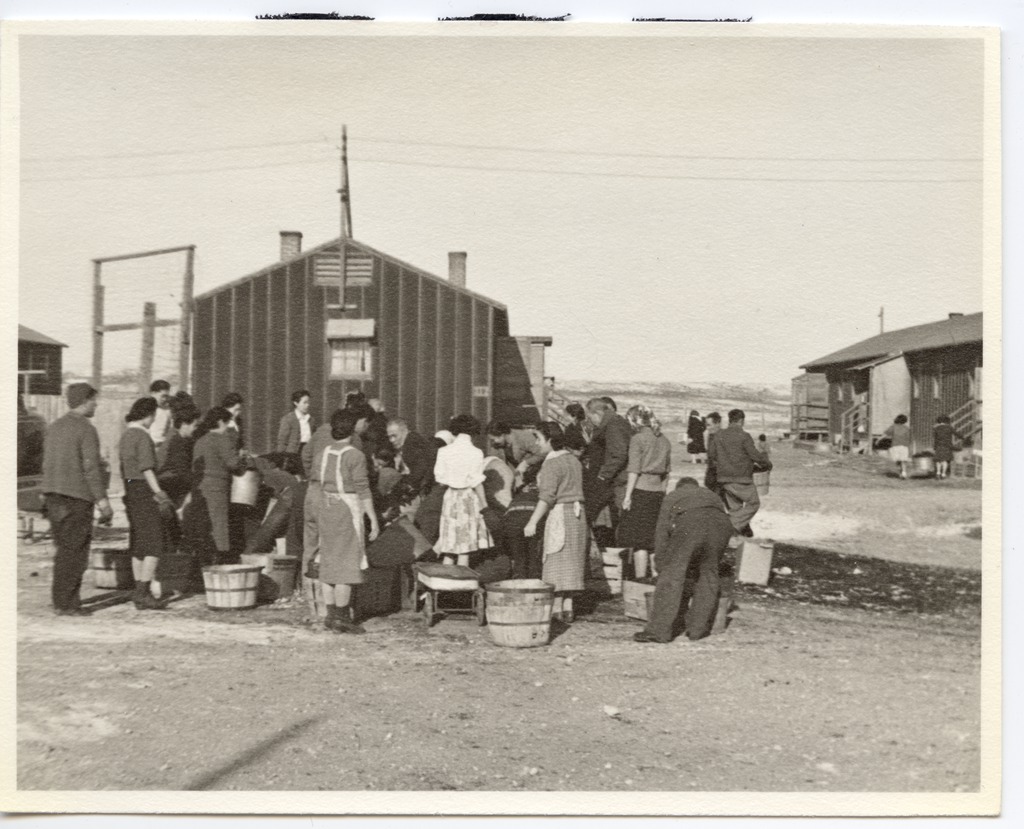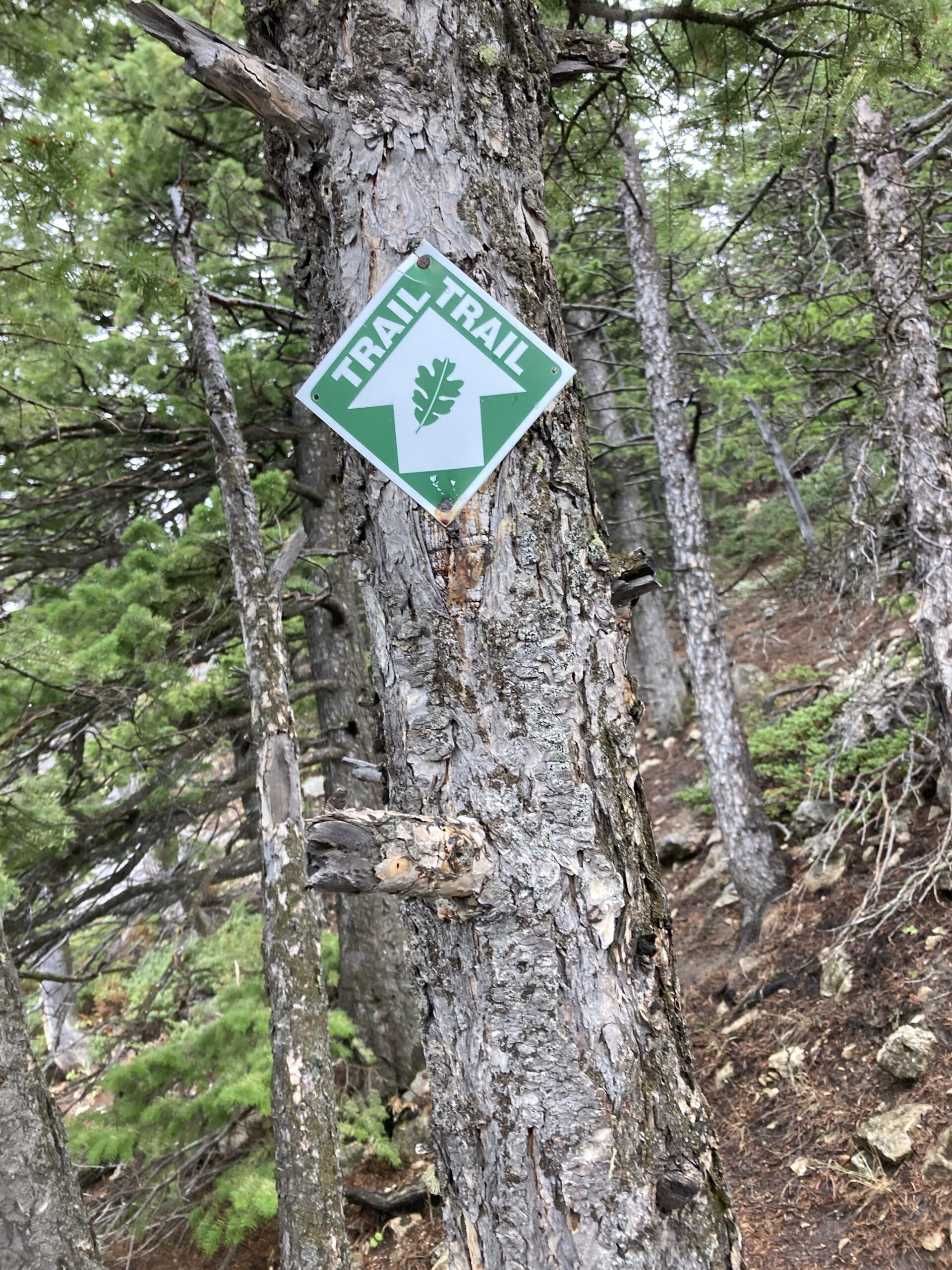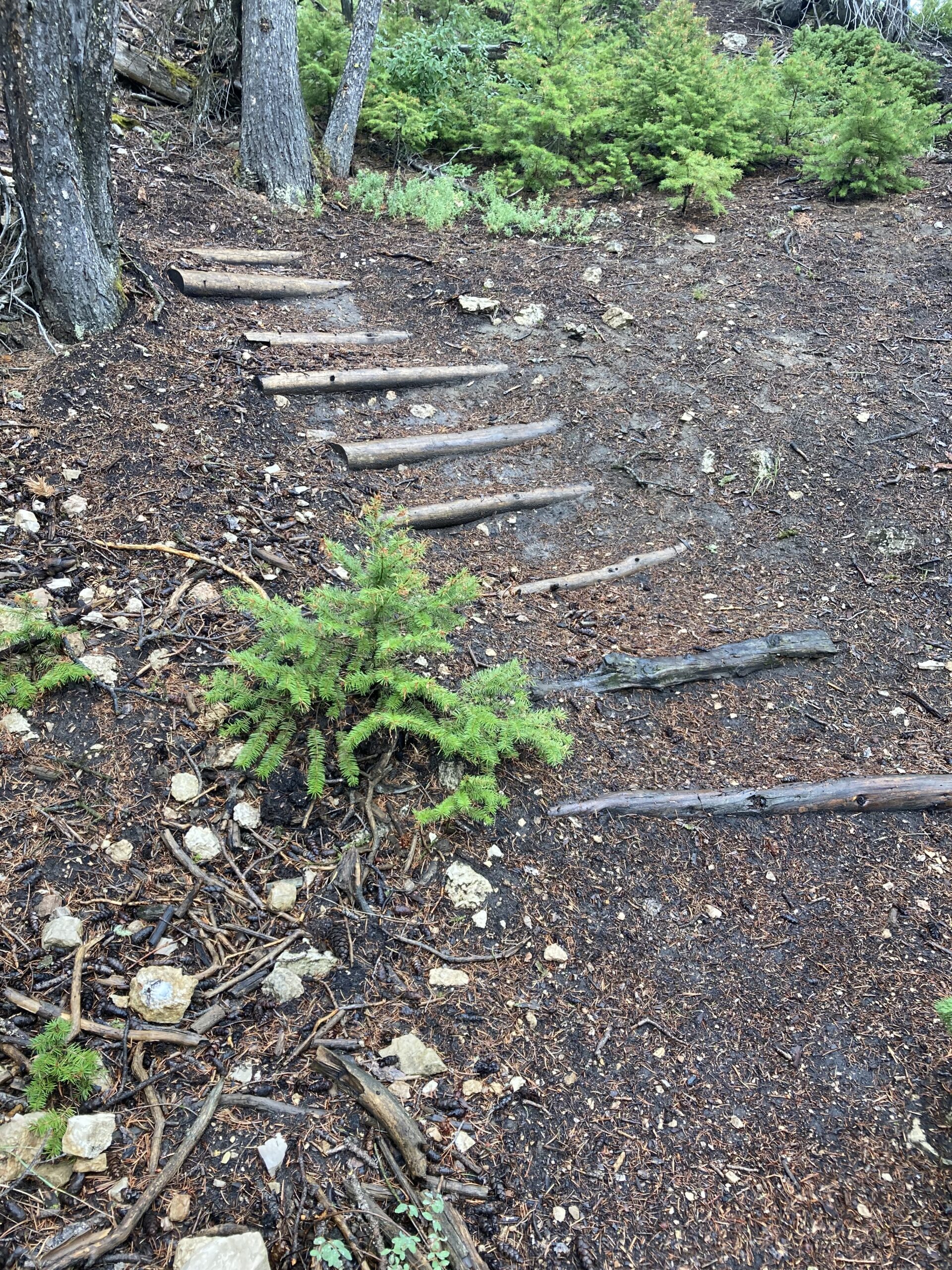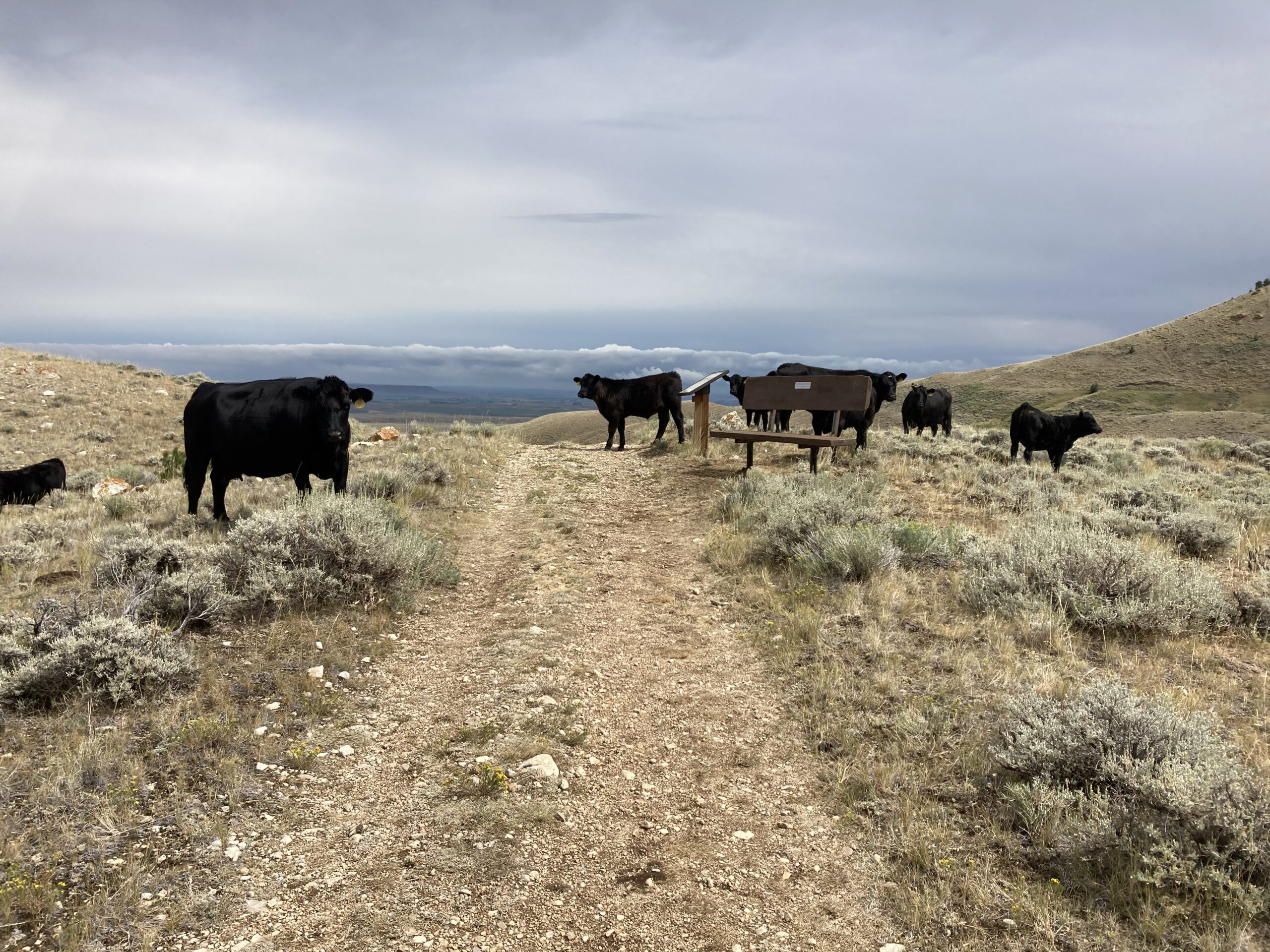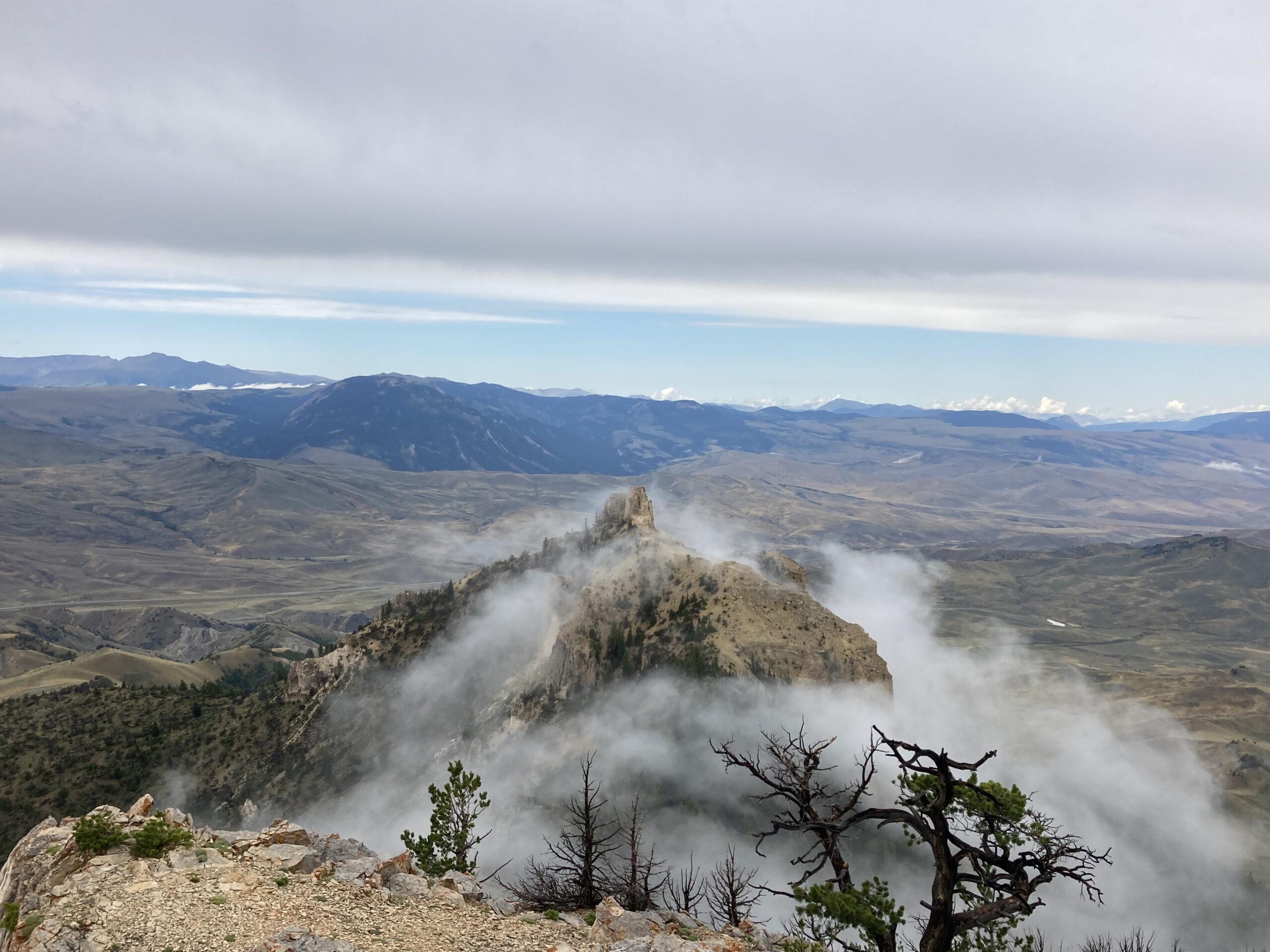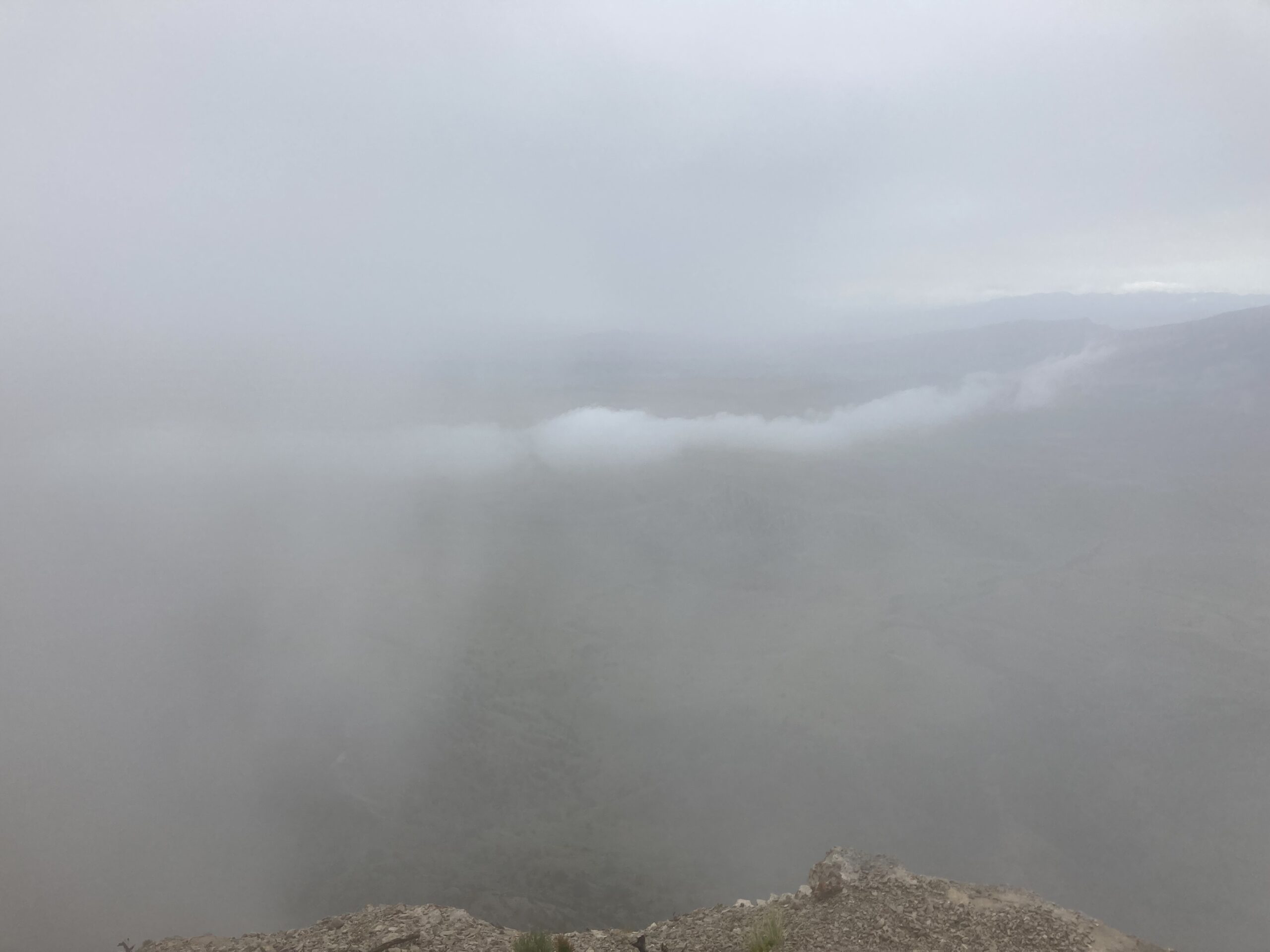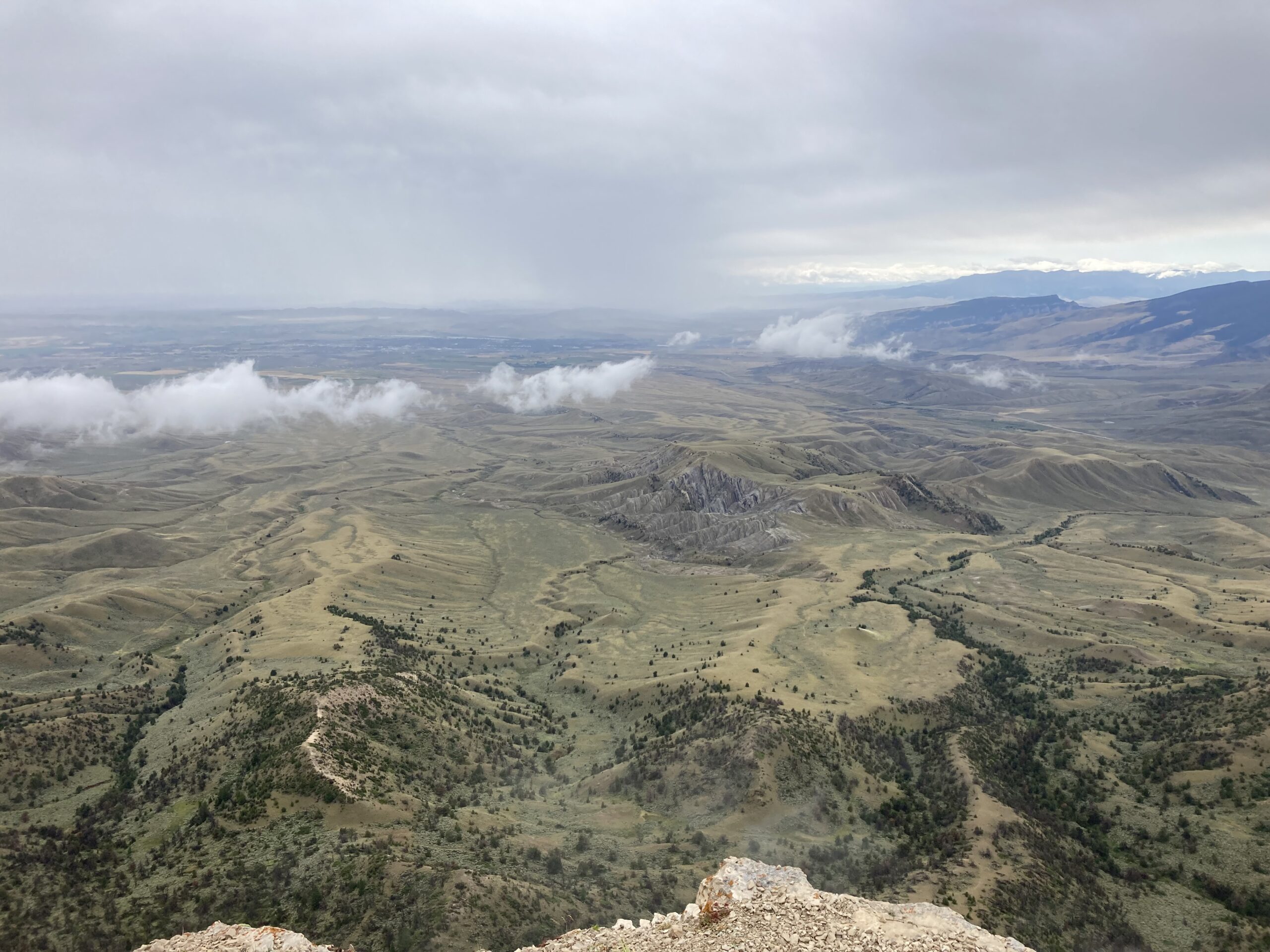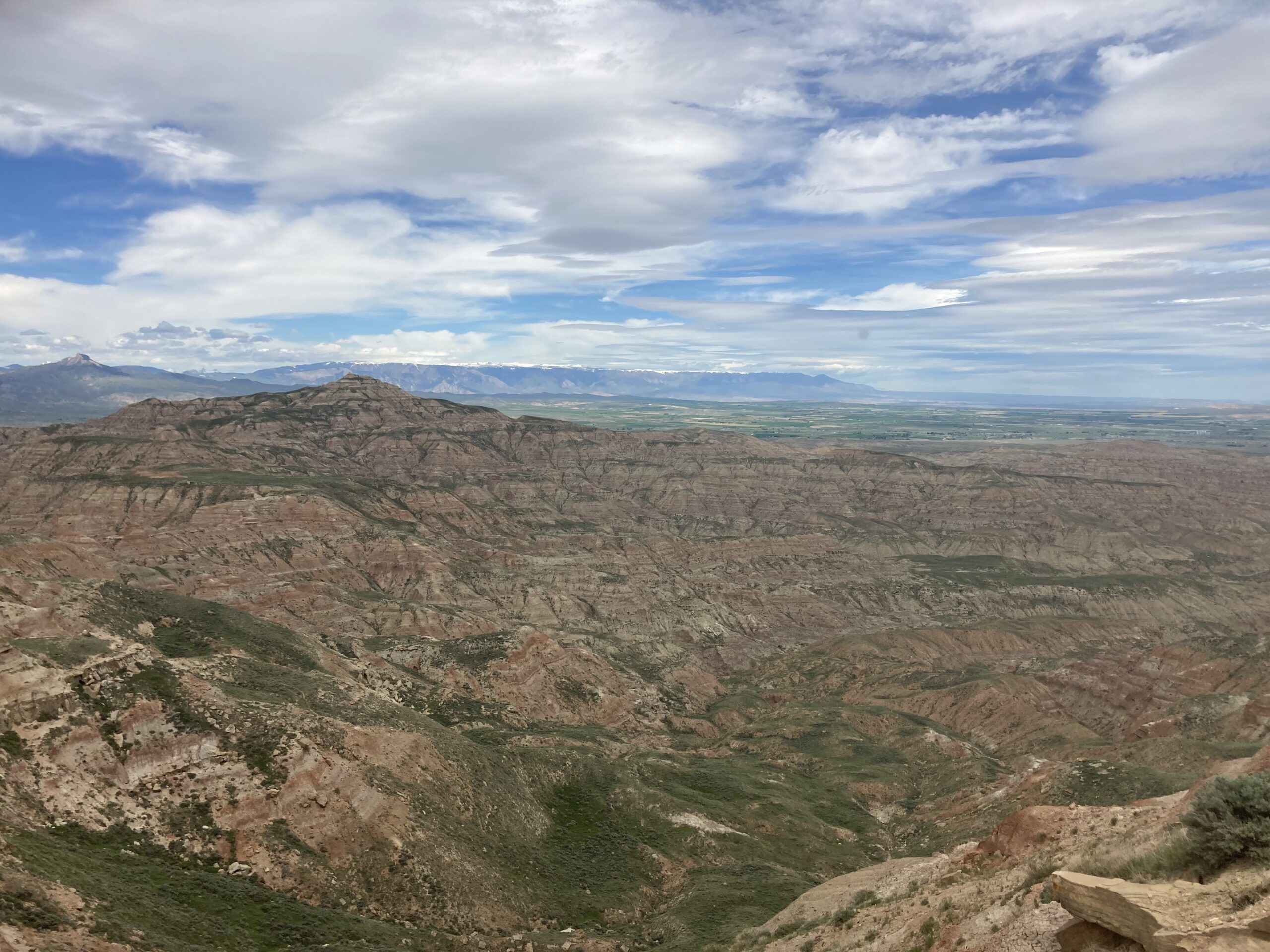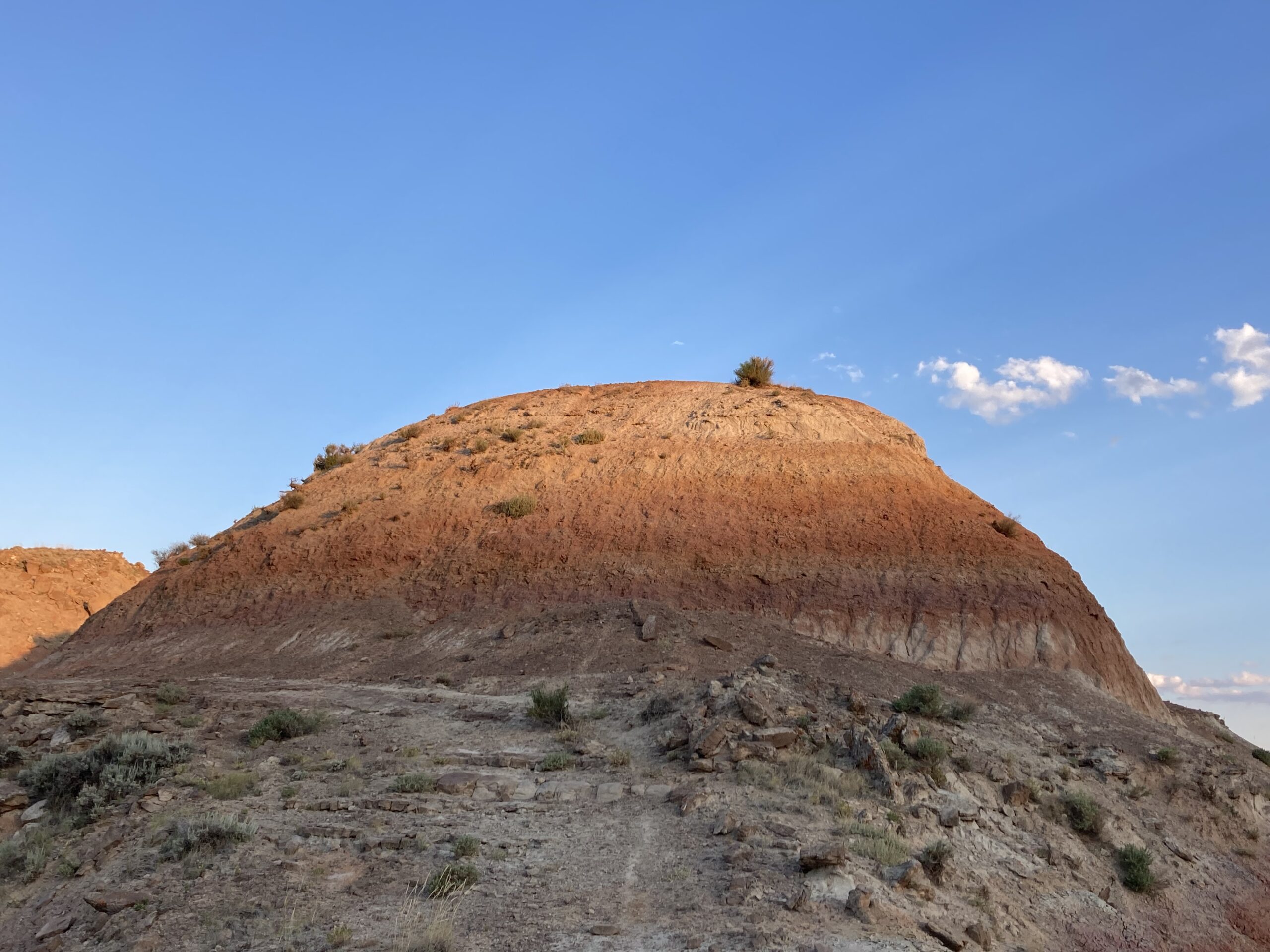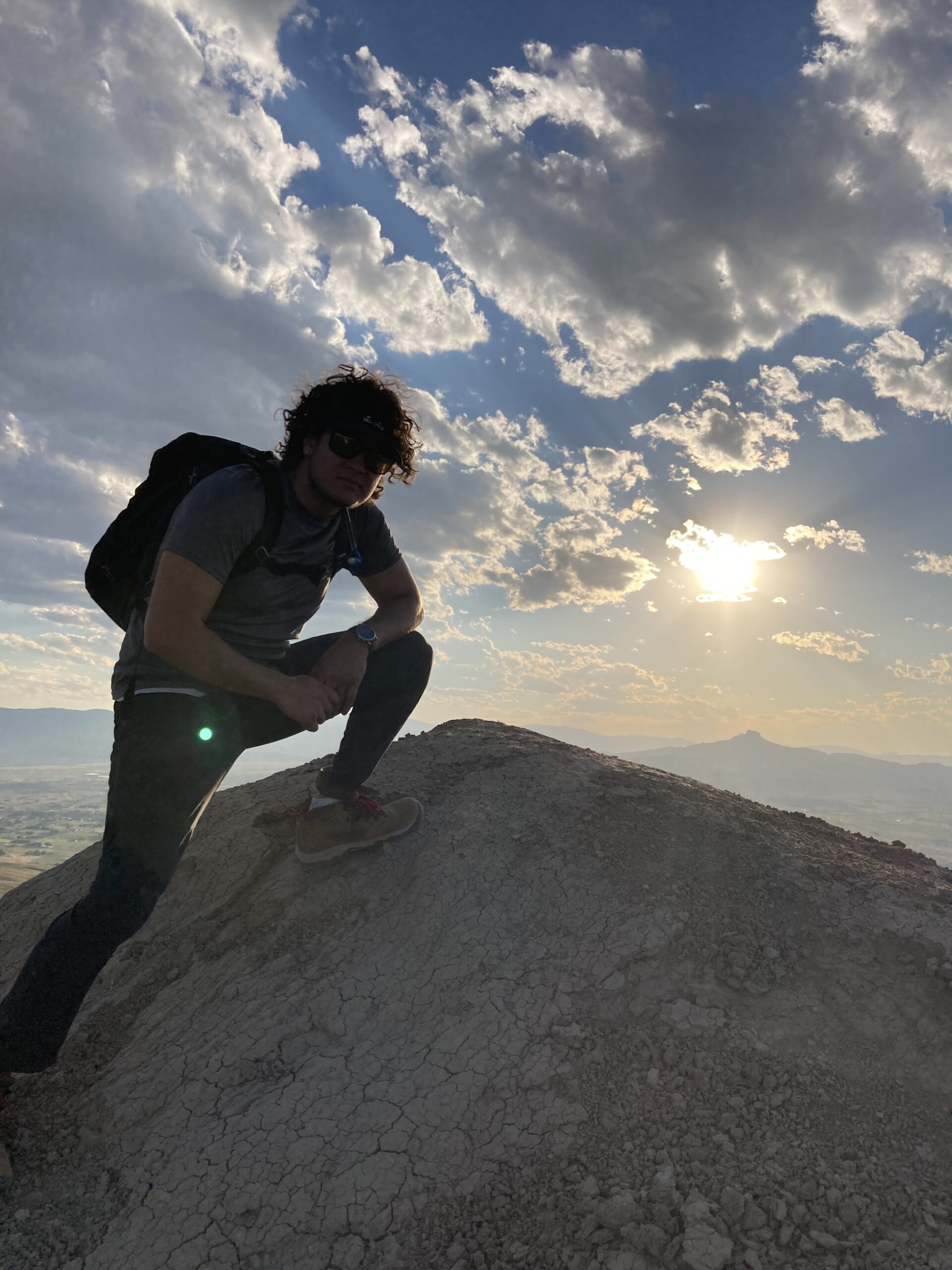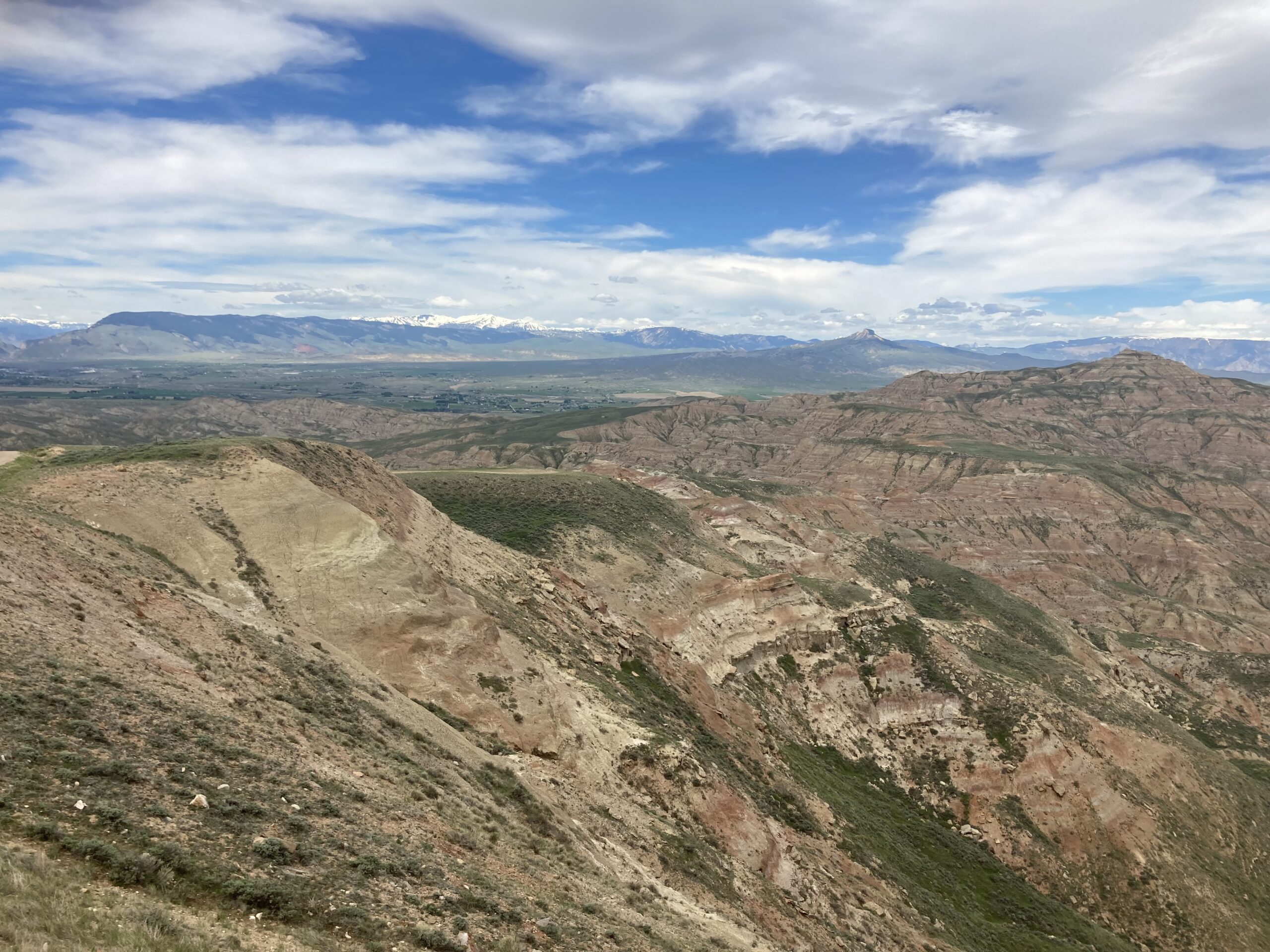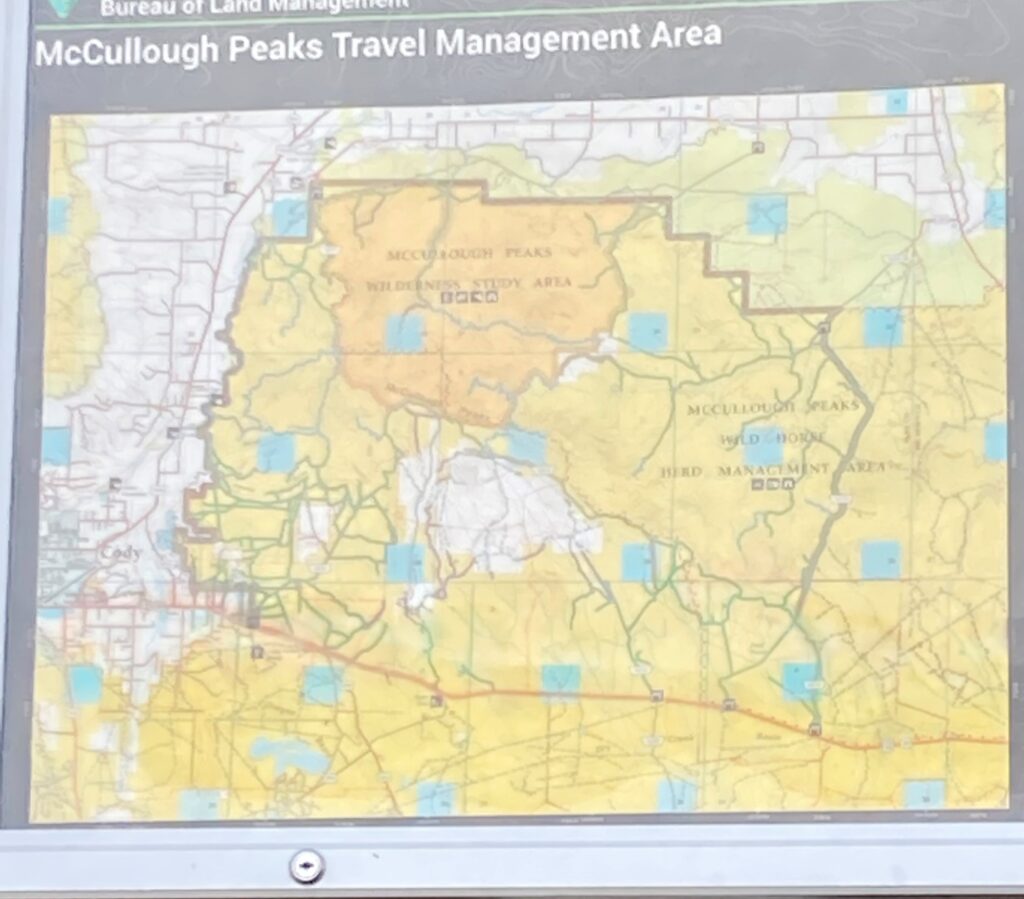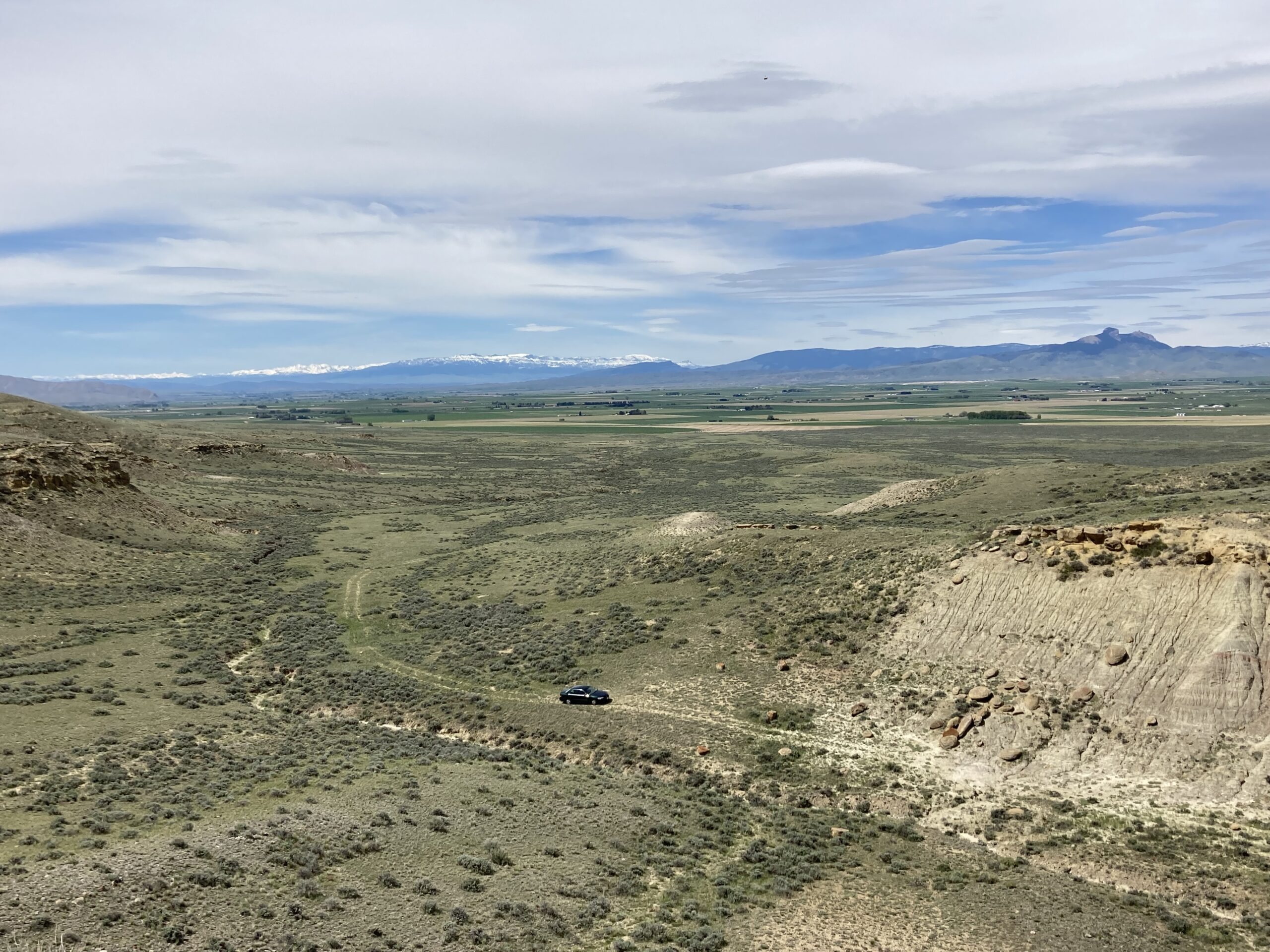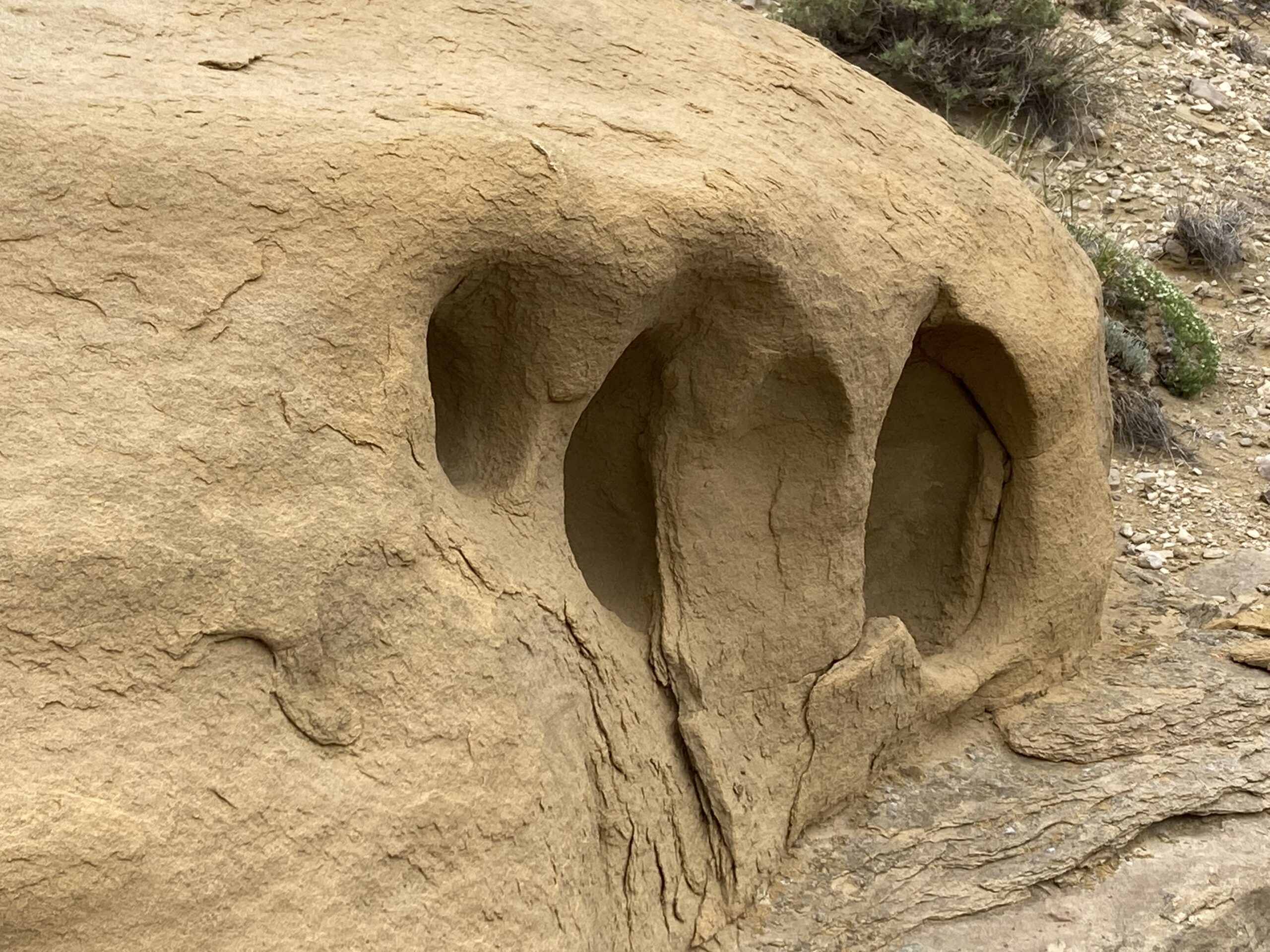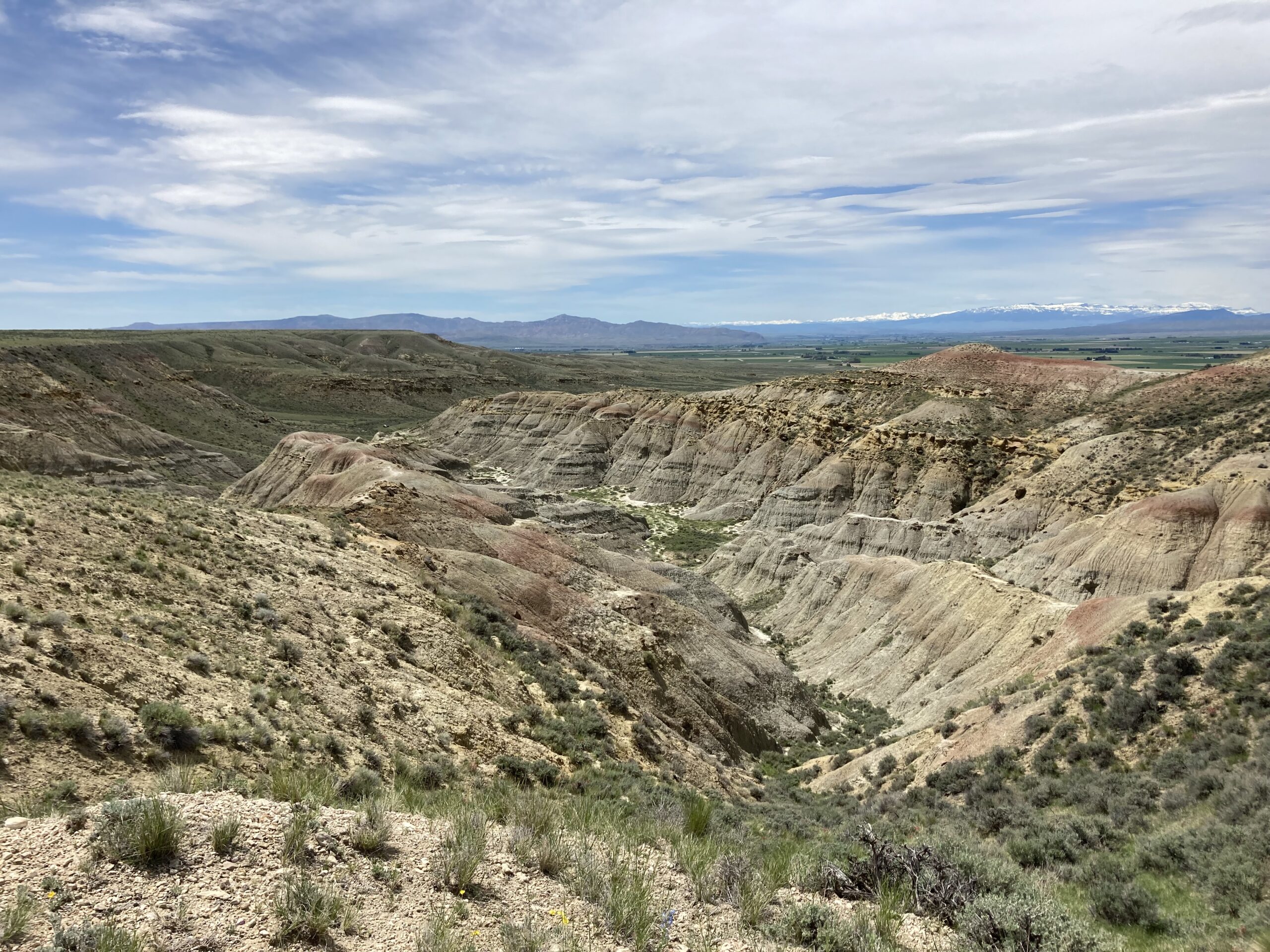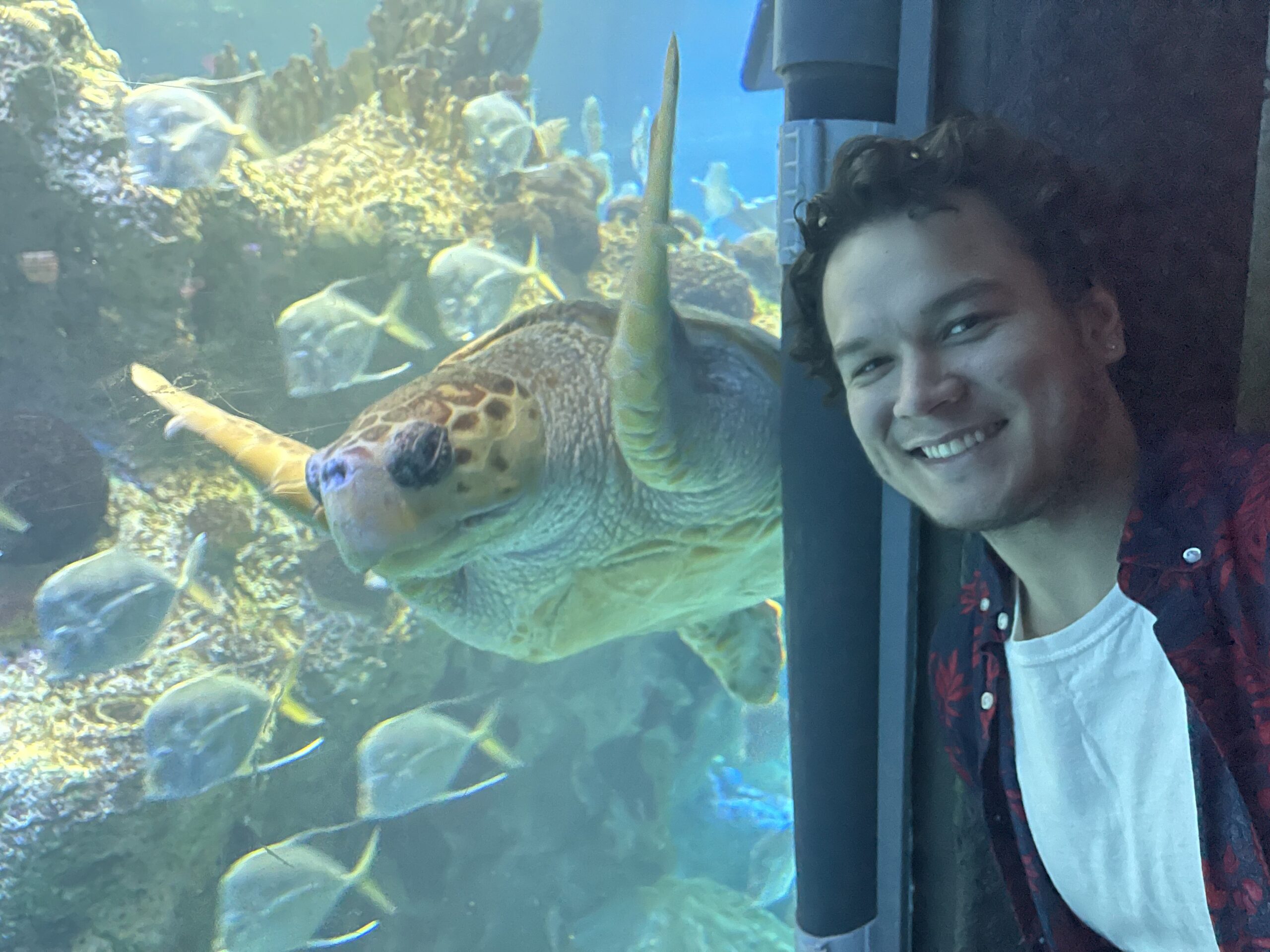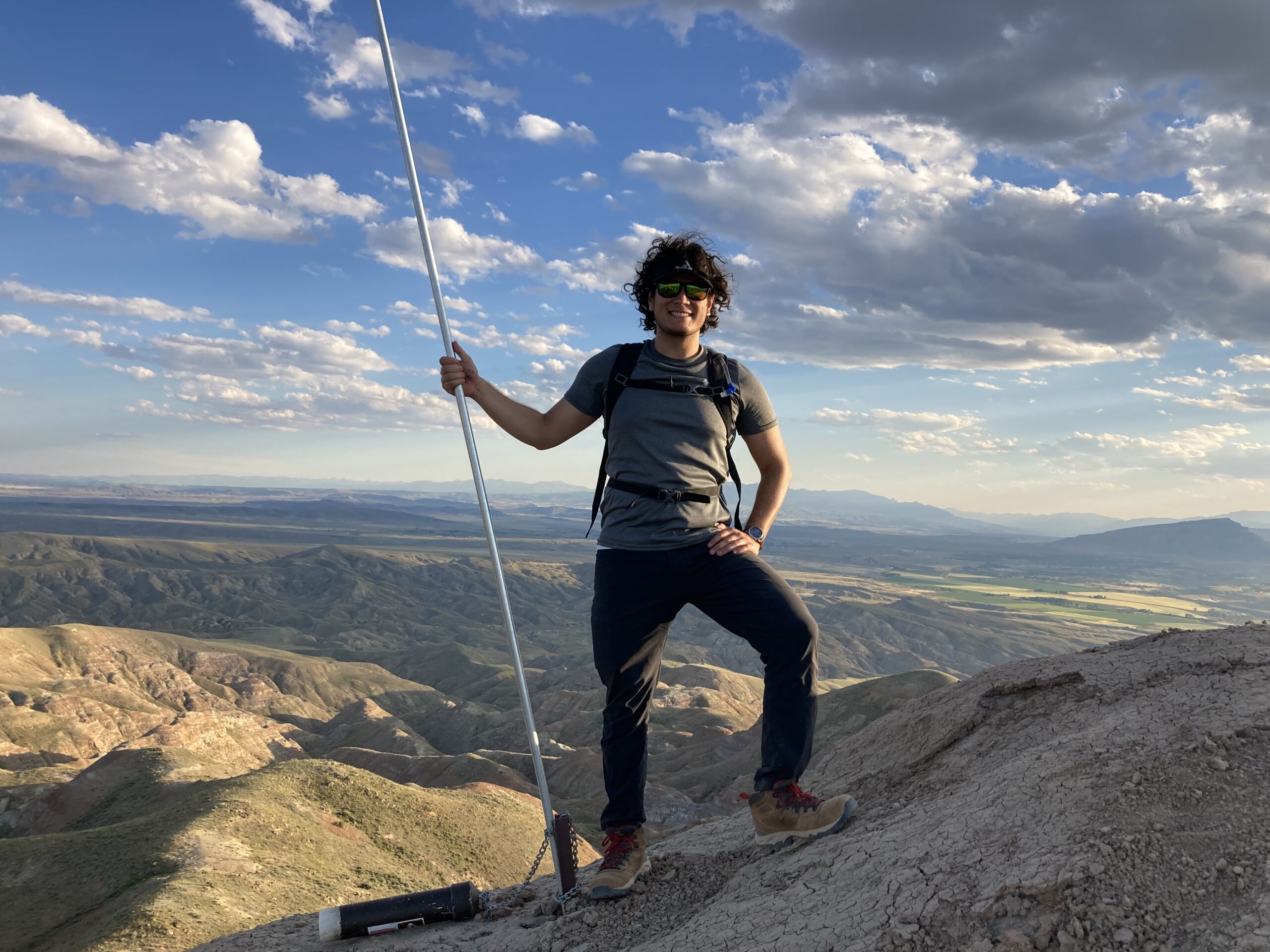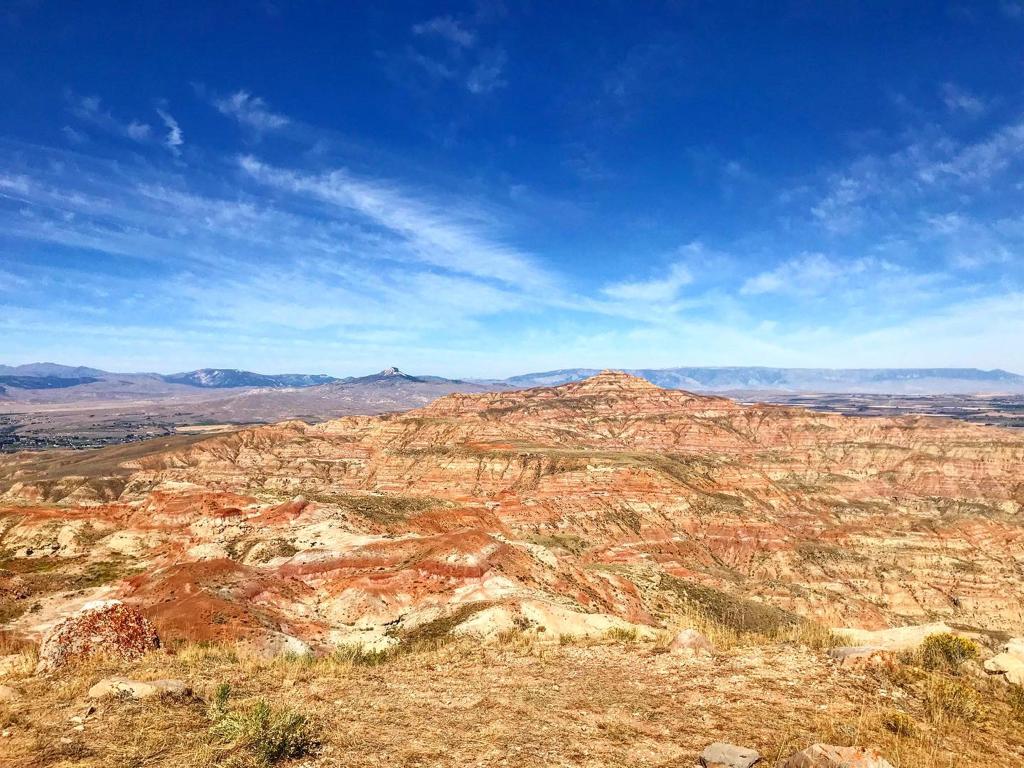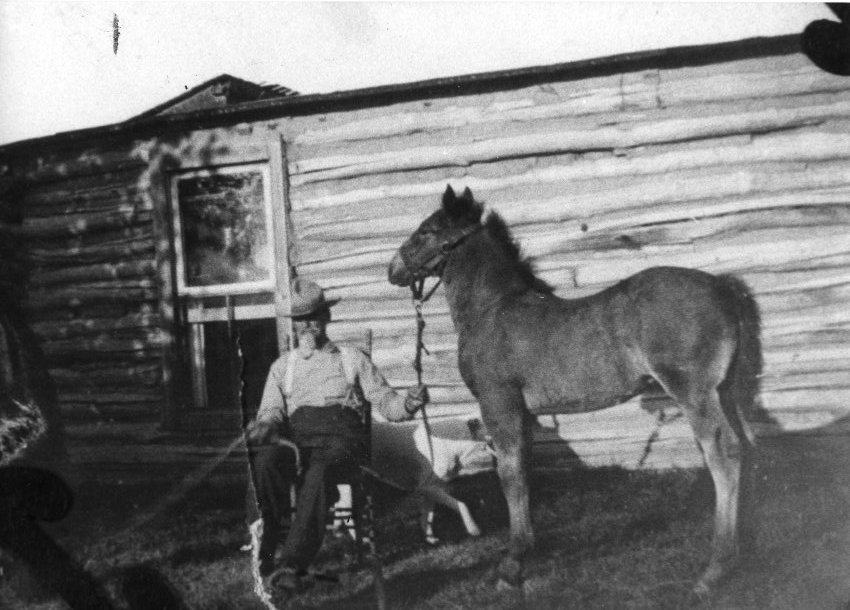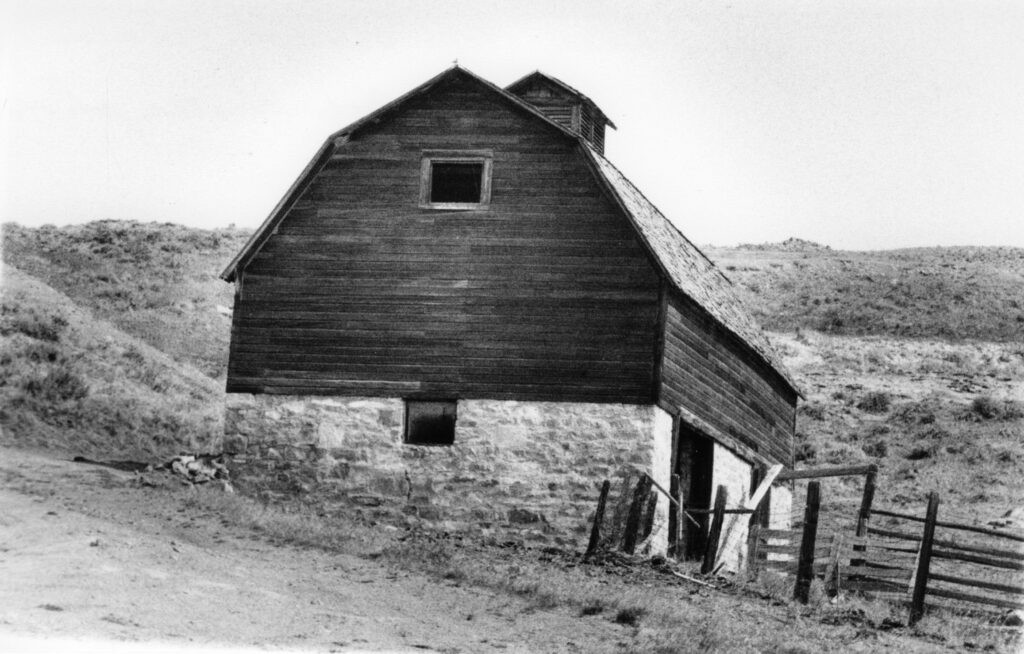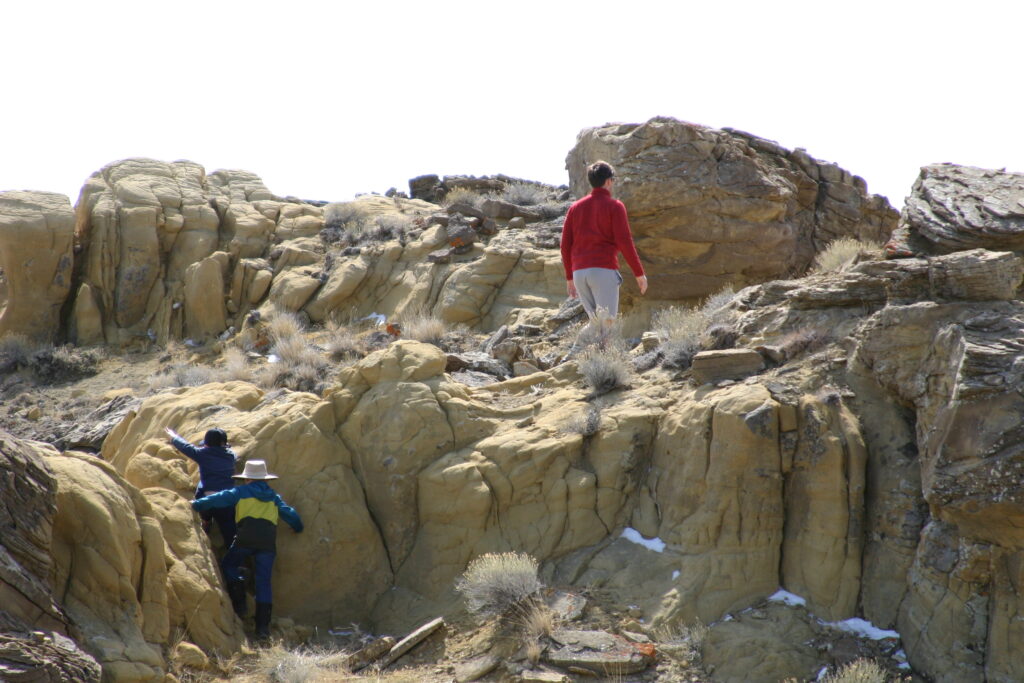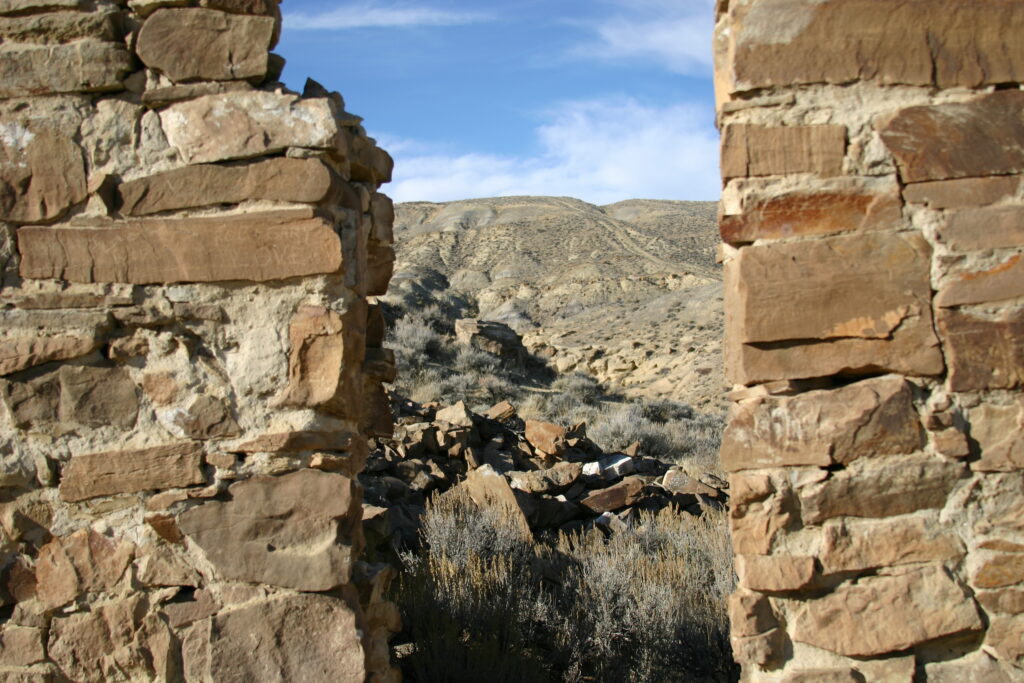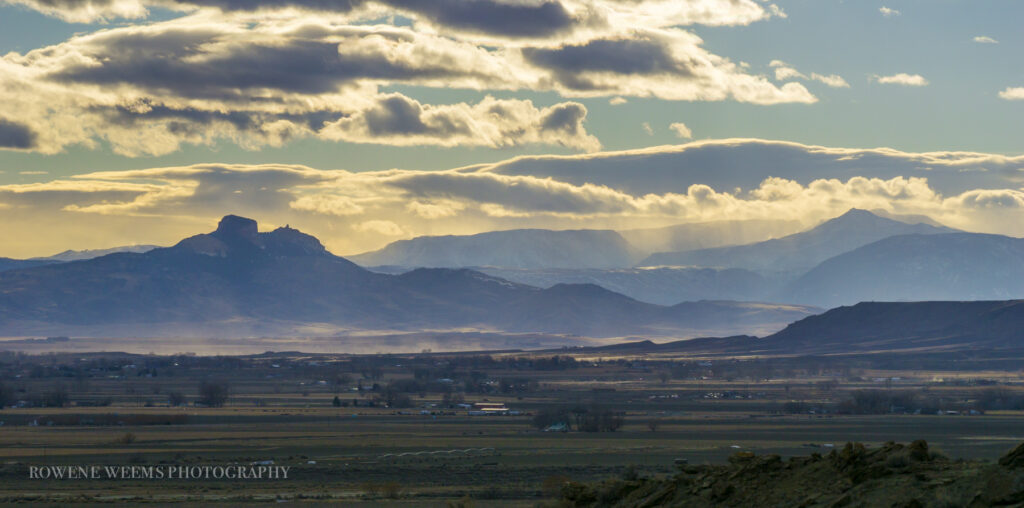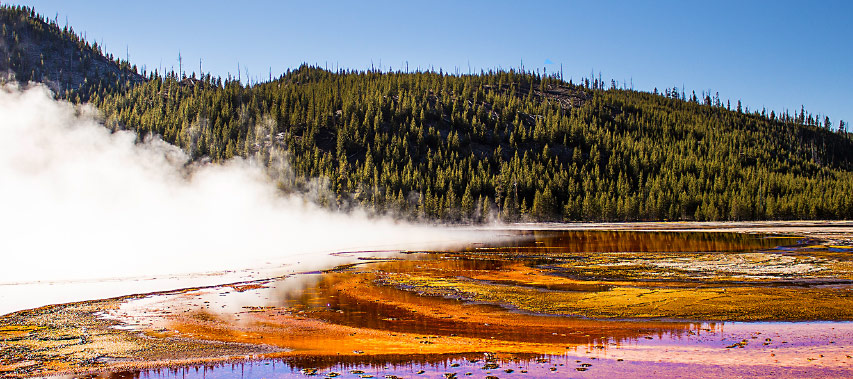Background on Bridal Veil Falls
Bridal Veil Falls is truly a hidden gem! The falls are nestled in Clark Fork’s Canyon. It lies just outside of Clark and 40 miles north of Cody.
I undertook this hike with my friend (and great dance teacher) Mark Fisher, I have referenced his website in all of my other reviews! I knew next to nothing about this area and the history behind it until I spoke with him and read what he has on his site about Bridal Veil Falls. So, instead of doing my best to remember what he said I’ll link it for you here!
I happened to get out to Bridal Veil Falls shortly after the record breaking flooding that occurred all over Park County in the summer of 2022. The devastating floods shocked people all over the world. Most of the attention was on Yellowstone, so impacted areas outside of the Park went unnoticed.
Clark Fork’s Canyon was drastically impacted by the flooding that took place. I didn’t get to see what Clark Fork’s Canyon looked like before the floods. If you read my first blog post, you’d know that I moved to Park County right as the flooding was happening!
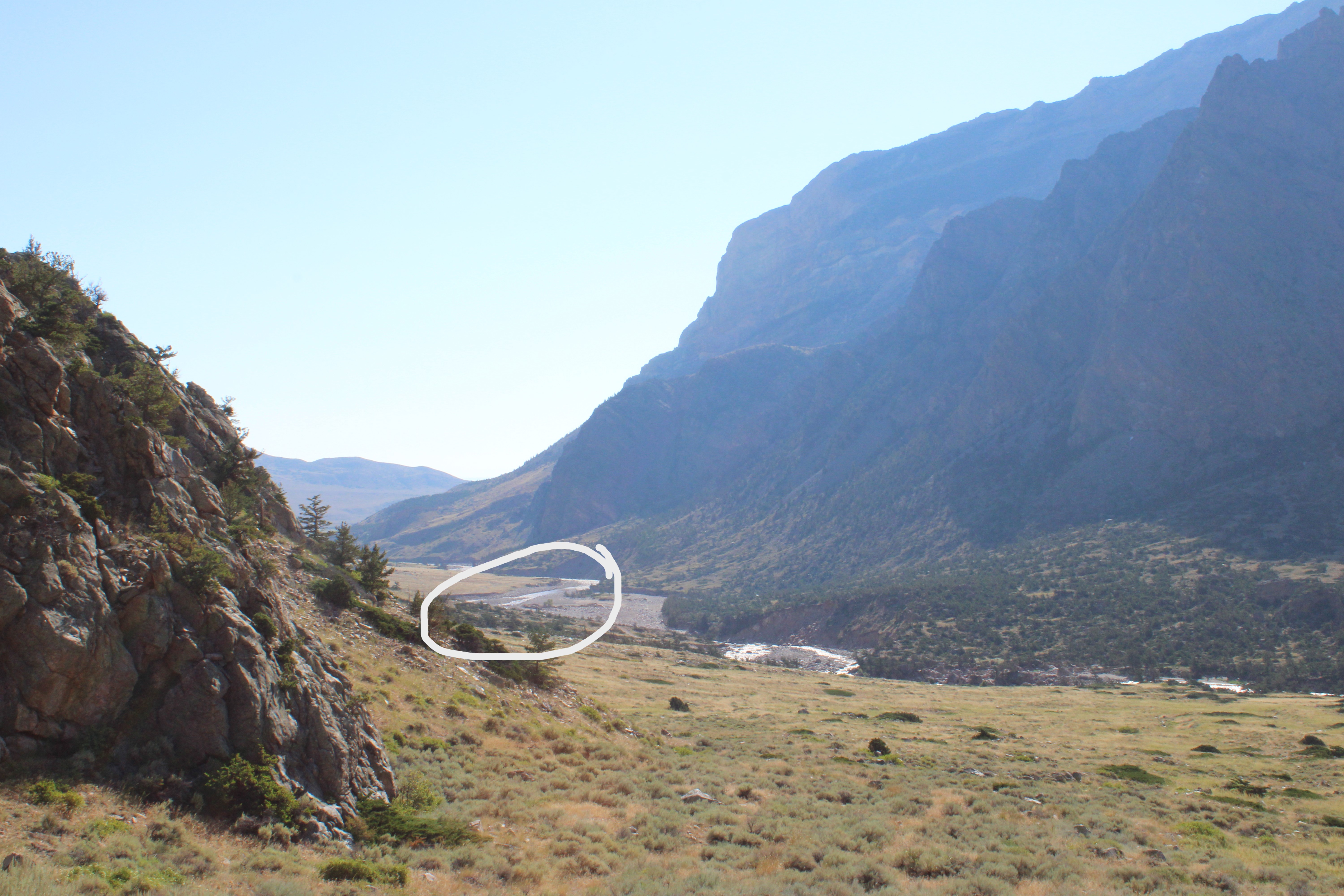
Access
The Forest Service manages Bridal Veil Falls.
The parking area is located on BLM owned land but Clark’s Fork Canyon is solidly FS land. Bridal Veil Falls is easy to access in this regard because it is all public land. You just need to follow the rules that the FS employs.
This article will be a bit different from my others so far. As I mentioned earlier I hiked up to bridal veil falls with someone else who knew the area well. But don’t worry, as we hiked I kept the visitor POV in mind!
It was incredibly helpful to have someone who knew the area showing me around. I felt much more relaxed than while on my solo hikes because I didn’t have to think about directions. Its also just plain fun to have someone else to talk to!
Positives
- Clark’s Fork Canyon is almost entirely on public land
- Parking area was easy to access from the road, no need for a vehicle with high clearance or 4WD capability
- Morrison Jeep Trail is easy to follow
- Absolutely stunning area visually
- It takes just about 2 hours to hike to and back from Bridal Veil Falls
Negatives
- Large rocks completely covered the trail, making walking a bit difficult
- It is impossible to see the falls from the trail, which was very confusing to me
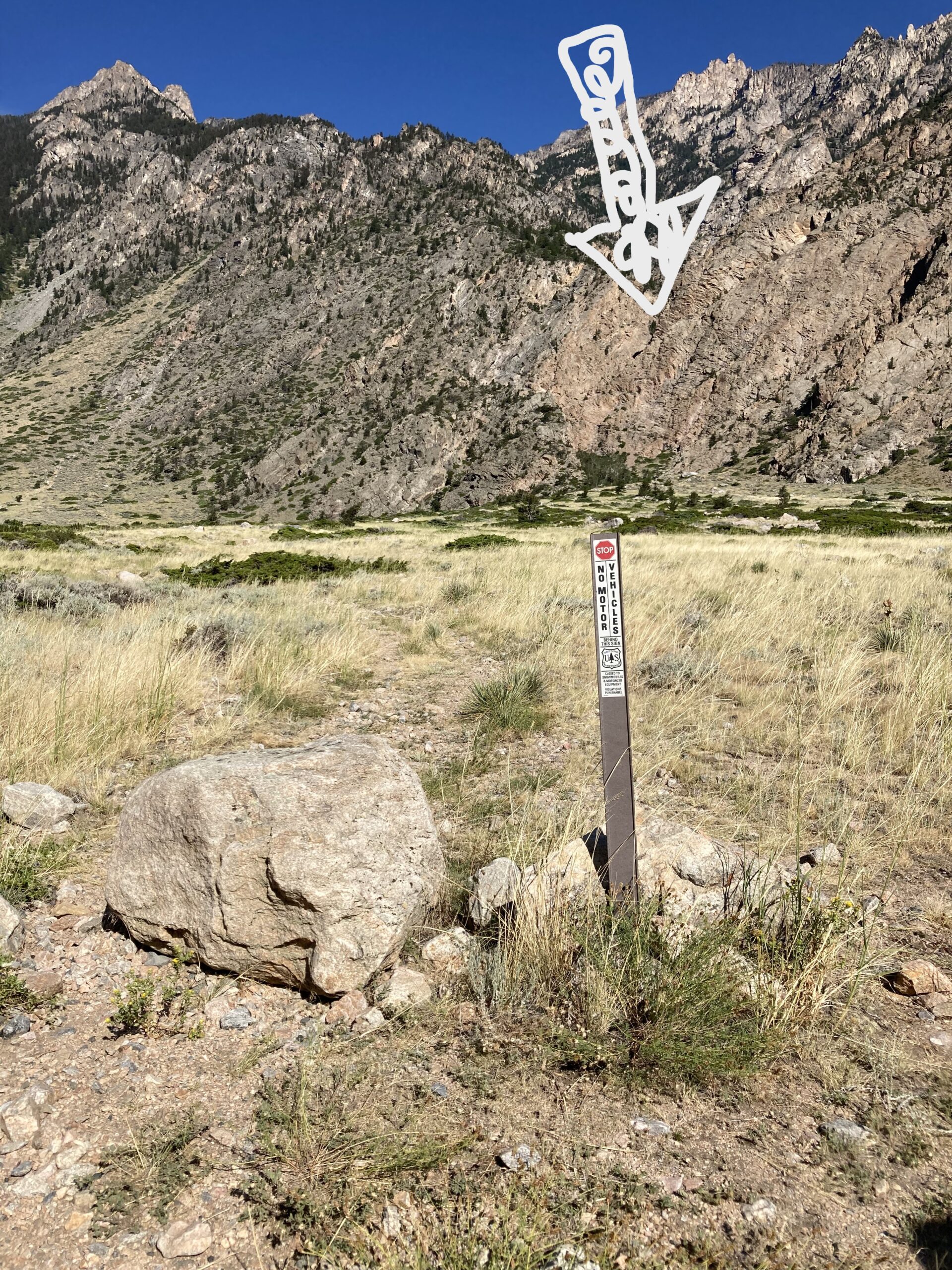
- The parking area suddenly stops. It is directly connected to the road. So visitors need to be extremely careful when driving at speed. People have died going off the end of the parking area.
- Not much infrastructure here to show the way.
Directions
The coordinates for the parking area are 44.846345, -109.314004.
From Cody, drive north on 120. Then take a left on 292, this turn will be 30 miles down the road. 292 will lead directly to Morrison Jeep Trail.
From Powell, drive west on Lane 9. Follow this street to the end and turn right on badger basin road which becomes 294. Follow 294 to the end and turn left onto 120. From 120 you will take a quick right onto 292 and follow this to the Morrison Jeep Trail.
The Hike
This 3.8 mile out and back hike to Bridal Veil Falls took Mark and I about 2 1/2 hours to complete. You can expect to gain just under 1000ft in elevation. This shorter hike is a breeze physically. However, the stretch leading up to the falls where it gets rocky is a challenge due to slippery rocks and light climbing.
The Canyon
Clark’s Fork Canyon is a beautiful place.

Setting off from the area where we parked at was simple. There was even a gate and sign to let us know we were in the right place and headed in the right direction.
While on our way to the trail up to Bridal Veil Falls, we walked along the Morrison Jeep Trail. The trail was very clearly defined but not meant for hikers. I was worried about rolling an ankle because it was so rocky.
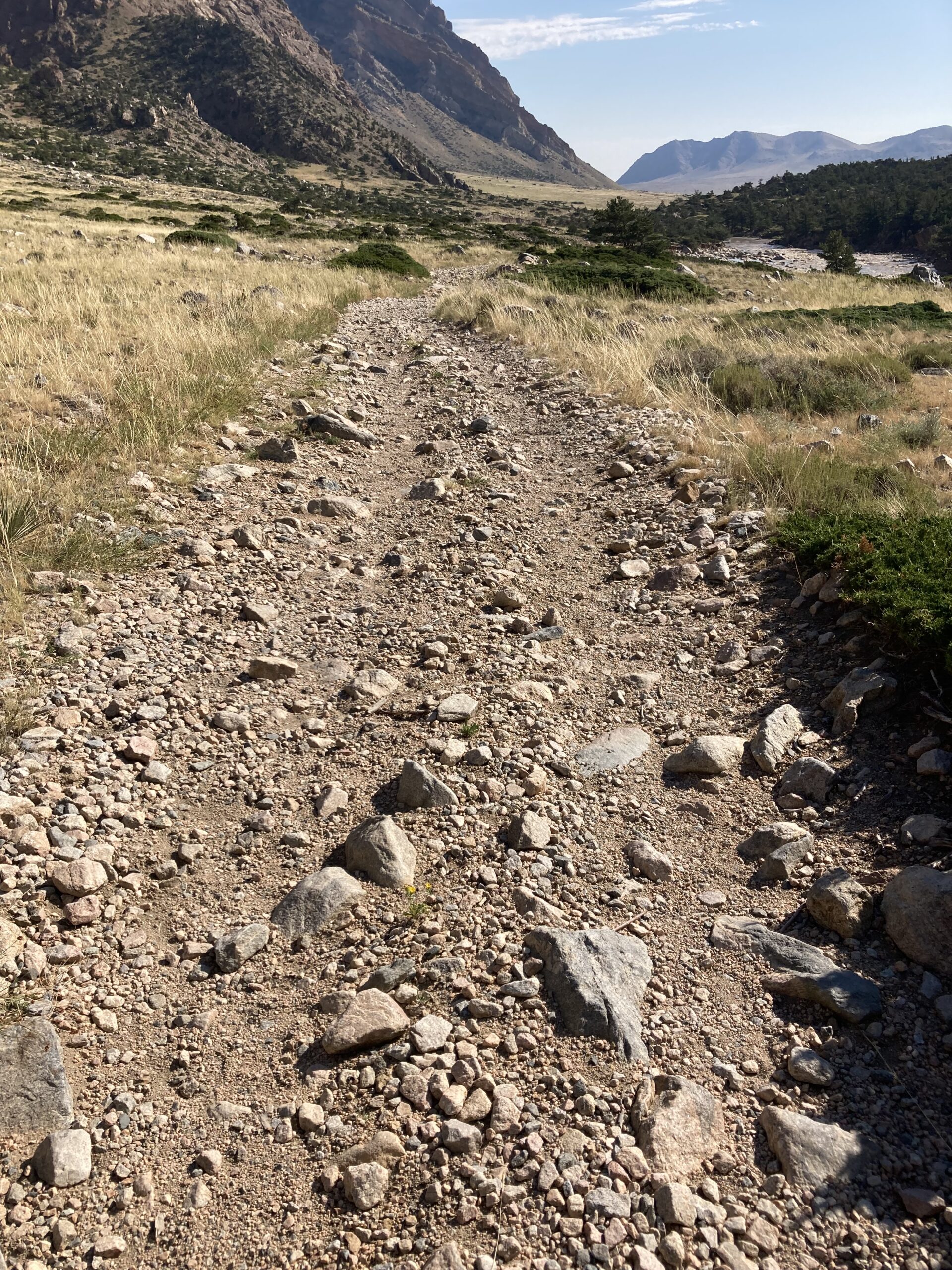
We followed the Jeep Trail for about an hour before we turned right to head up to the falls.
Being with Mark gave me interesting insight because he had been to Clark Fork’s Canyon and Bridal Veil Falls several times in the past before the flooding. There were sections where the trail suddenly stopped and dropped off down to the river bank that had not been like that before.
This really gave me an appreciation for the power of nature. You don’t really get to see it that much in Boston unless a hurricane rolls through.
There was no cover from the sun in the stretch leading up to The Falls’ trail but thankfully the weather on the day of our hike was perfect.
Bridal Veil Falls
The trail leading up to the falls is very different from the canyon. This is due to it being tucked into the side of the canyon.
Just about all of the elevation gain takes place once you get out of the middle of the canyon (naturally). It is also far more shadowed and a bit cooler as a result.
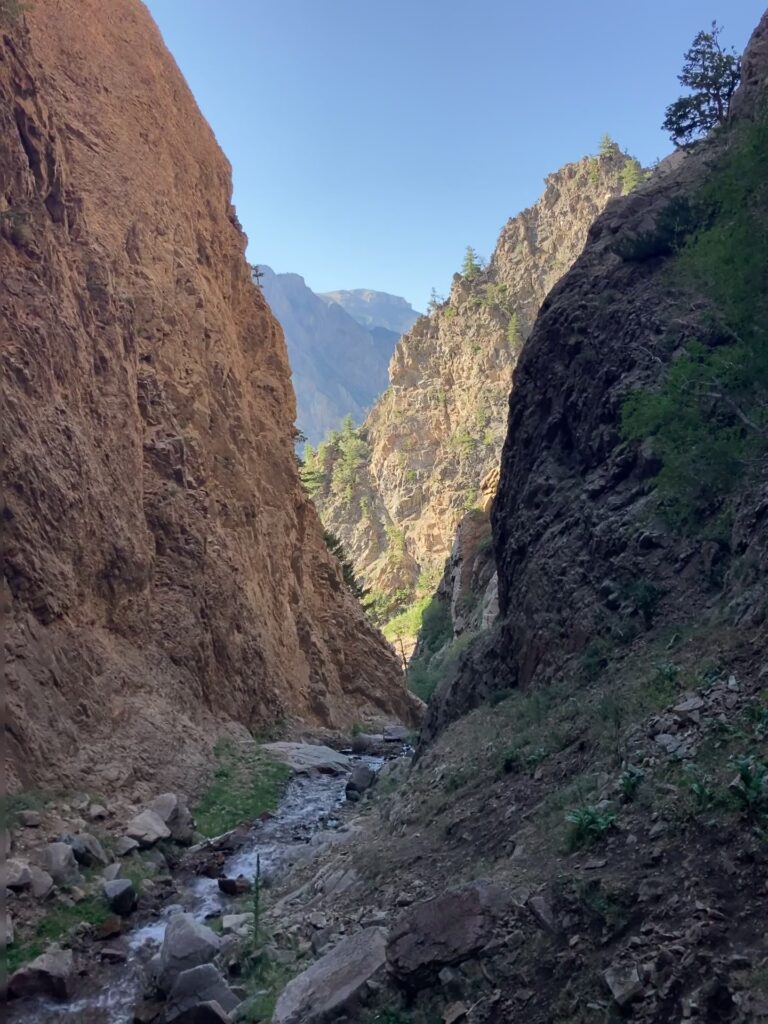
As you can see from the photo above here, there is a stream leading out from where the falls are. Something really cool about this was that there was some kind of mint growing close-by. I would’ve missed out on this little snack without Mark telling me!
As we were getting up to the falls I got a bit nervous about slipping an falling. Many of the rocks were quite slick and I was wearing Teva sandals! We also did some scrambling and light climbing. Apparently, for the time of year we went the water level was a bit low. Hiking poles were extremely helpful for this hike. I honestly don’t know how I would’ve gotten up there without the added stability.
Once we completed this part of the hike, we were rewarded by an awesome closeup view of Bridal Veil Falls.
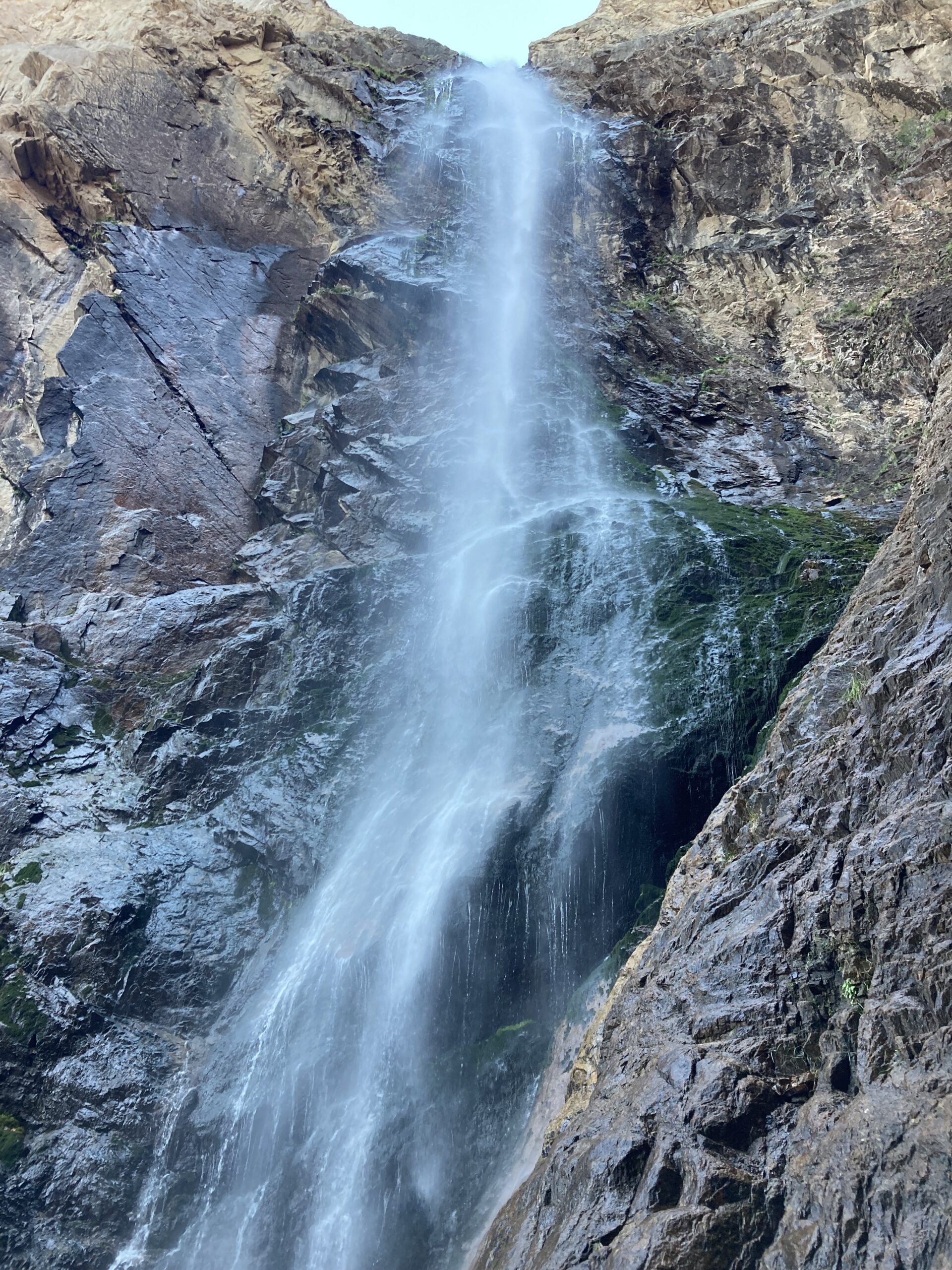
Rating: 3/5
I was really torn between giving this hike a 3 or a 4.
The scenery was incredible and I loved learning more about the area from Mark. But I cannot ignore the lack of infrastructure and how difficult it would be to find the Falls as a result.
From the visitor perspective, I am struggling to see how someone who hasn’t been to Bridal Veil Falls before would be confident in finding where it is. In the photo above, you cannot even see the falls and the sign does not indicate that the falls are back there.
I also think that a family with younger kids would struggle with the stretch leading up to the falls due to the slippery rocks.
But overall, I had a great time!
What You Need to Know
- Rattlesnakes have been seen in this area, practice rattlesnake safety
- Slow down leading up to the parking area, if you don’t pay attention you could crash at speed
- The path leading to the falls is marked by large rocks and a trail marker
- I recommend hiking poles or some way to stabilize yourself
Get ready to hear about my time in the Beartooths!
Read more from me here!
